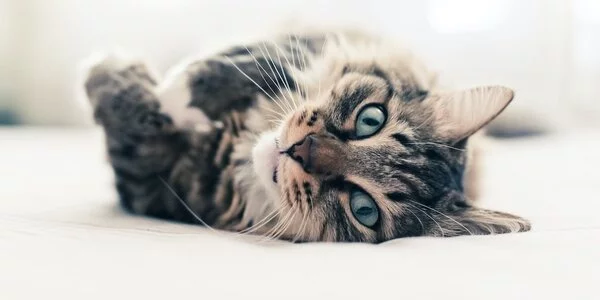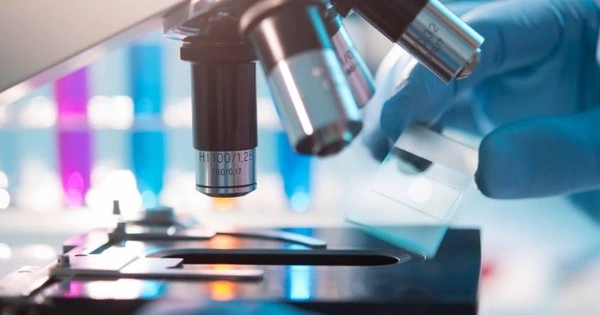According to current research, the first domestication of cats is thought to have occurred around 9,500 years ago in the Near East, in the region that is now modern-day Israel. This conclusion was reached through the study of feline genetics and the analysis of ancient cat remains found in archaeological sites in the region. It is believed that cats were initially domesticated as a means of controlling pests, such as mice and rats, that were attracted to the grain stores of early agricultural societies.
Over time, cats became more integrated into human society and were kept as companions, eventually spreading to other parts of the world through trade and colonization. Do you have any other questions about this topic?
Humans settling in the Fertile Crescent, the areas of the Middle East surrounding the Tigris and Euphrates rivers, made the first transition from hunter-gatherers to farmers nearly 10,000 years ago. They formed close bonds with rodent-eating cats that served as ancient pest control in the first civilizations.
According to a new study from the University of Missouri, this lifestyle change for humans was the catalyst for the world’s first domestication of cats, and as humans began to travel the world, they brought their new feline friends with them.
Leslie A. Lyons, a feline geneticist, and Gilbreath-McLorn endowed professor of comparative medicine in the MU College of Veterinary Medicine, collected and analyzed DNA from cats in and around the Fertile Crescent area, as well as throughout Europe, Asia, and Africa, comparing nearly 200 different genetic markers.
Our efforts have helped stop the migration and passing down of inherited genetic diseases around the world, and one example is polycystic kidney disease, as 38% of Persian cats had this disease when we first launched our genetic test for it back in 2004.
Leslie A. Lyons
“One of the main DNA markers we studied were microsatellites, which mutate very quickly and provide us with information about recent cat populations and breed developments over the last few hundred years,” Lyons explained. “Another important DNA marker we looked at were single nucleotide polymorphisms, which are single-base changes all over the genome that reveal information about their ancient history thousands of years ago. We can begin to piece together the evolutionary story of cats by studying and comparing both markers.”
Lyons added that, while horses and cattle have experienced various human-caused domestication events in different parts of the world at different times, her analysis of feline genetics in the study strongly supports the theory that cats were likely domesticated only in the Fertile Crescent before migrating with humans all over the world. After feline genes are passed down through generations, the genetic makeup of cats in Western Europe, for example, is now very different from cats in Southeast Asia, a process known as ‘isolation by distance.
“We can actually refer to cats as semi-domesticated, because if we turned them loose into the wild, they would likely still hunt vermin and be able to survive and mate on their own due to their natural behaviors,” Lyons said. “Unlike dogs and other domesticated animals, we haven’t really changed the behaviors of cats that much during the domestication process, so cats once again prove to be a special animal.”

Lyons, who has researched feline genetics for more than 30 years, said studies like this also support her broader research goal of using cats as a biomedical model to study genetic diseases that impact both cats and people, such as polycystic kidney disease, blindness and dwarfism.
“Comparative genetics and precision medicine play critical roles in the ‘One Health’ concept, which means that anything we can do to study the causes of genetic diseases in cats or how to treat their ailments can one day be used to treat humans with the same diseases,” Lyons explained. “I’m developing genetic tools and resources to help improve cat health. When developing these tools, it is critical to obtain a representative sample and understand the genetic diversity of cats around the world so that our genetic toolbox can be used to help cats all over the world, not just in one region.”
Lyons has worked with cat breeders and research collaborators throughout her career to create comprehensive feline DNA databases that the scientific community can use, including cat genome sequencing from felines all over the world. Lyons and colleagues discovered that the cat’s genomic structure is more similar to humans than nearly any other non-primate mammal in a 2021 study.
“Our efforts have helped stop the migration and passing-down of inherited genetic diseases around the world, and one example is polycystic kidney disease, as 38% of Persian cats had this disease when we first launched our genetic test for it back in 2004,” Lyons said. “Now that percentage has gone down significantly thanks to our efforts, and our overall goal is to eradicate genetic diseases from cats down the road.”
The only viable treatment for polycystic kidney disease at the moment has harmful side effects, including liver failure. Lyons is currently collaborating with researchers at the University of California, Santa Barbara, to create a diet-based treatment trial for those affected by the disease.
“If those trials are successful, we may be able to give it to humans as a more natural, healthier alternative to taking a drug that may cause liver failure or other health problems,” Lyons said. “It feels good to be a part of it, and our efforts will continue to help.”





